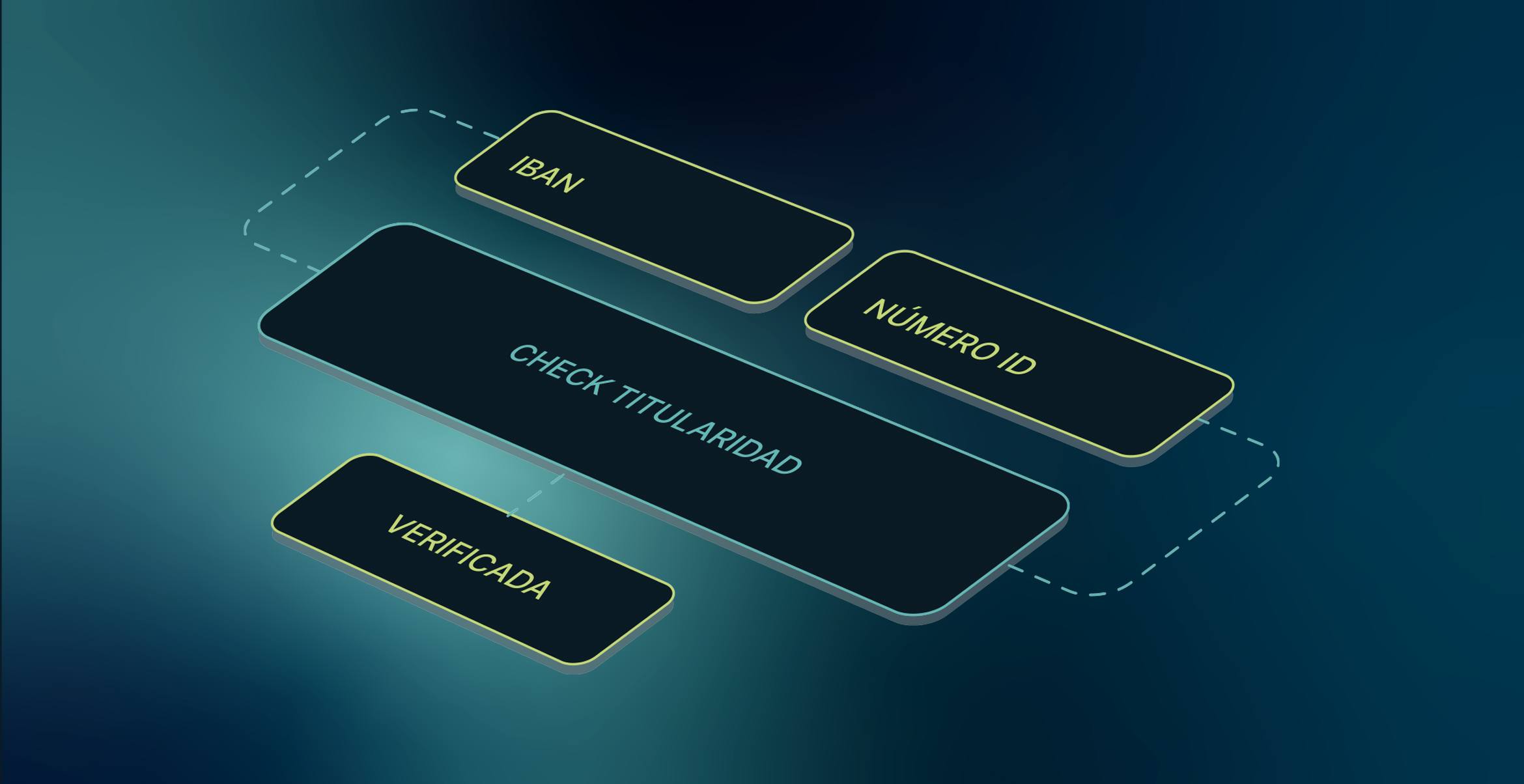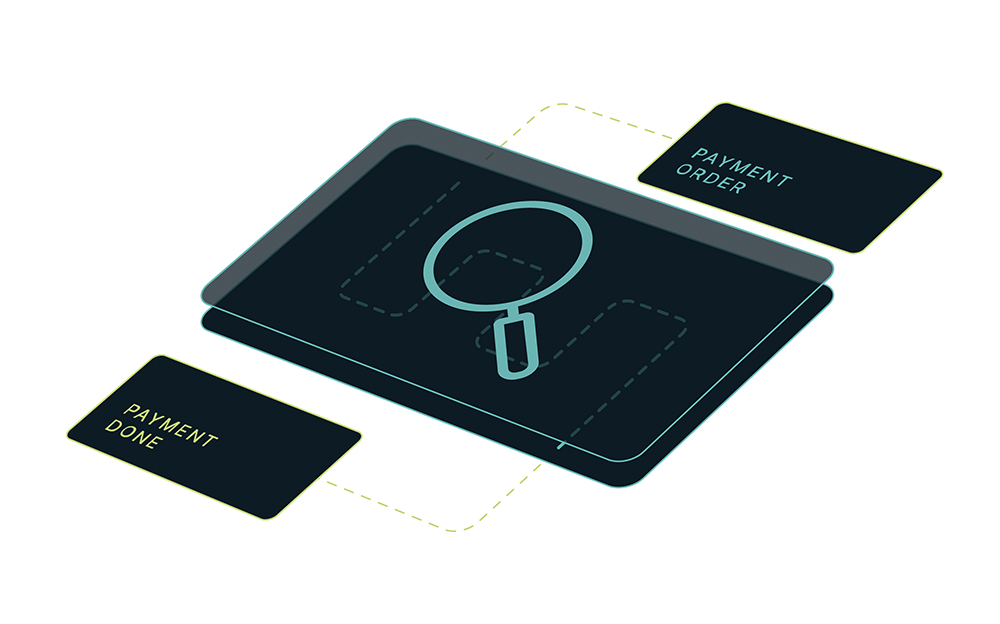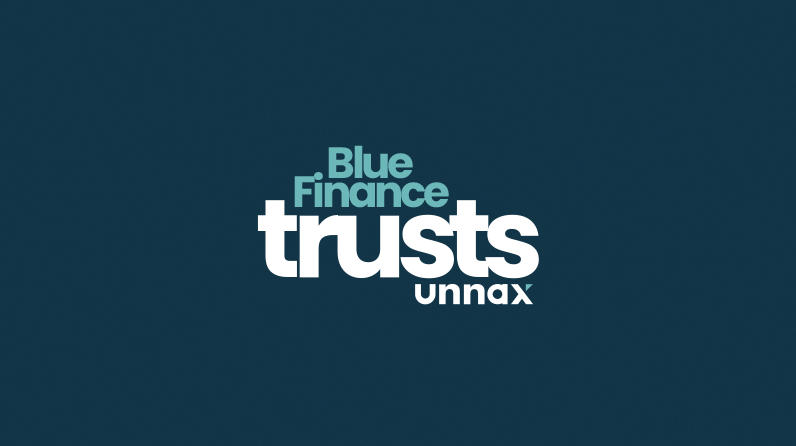There’s a lot of hype surrounding financial services going into 2020. Changing demographics, technological leaps forward, and new encompassing regulations are transforming an industry at the heart of the global economy. Having recently covered these broad trends in our “Retail Banking At The Turn Of The Decade” ebook, we’re now going to take a deeper dive into a core financial service: payments. Considering how financial transactions make the industry what it is, it comes as no shock that this function is quickly reshaping the sector. Here are some of the biggest payment trends to look out for in 2020.
1. Open Banking accelerating payment innovations
Open Banking compels banks to share their financial data with third parties under standardized protocols. In turn, both banks and Fintechs can re-imagine and rebuild payments. As payments become quicker and more efficient, a couple of noticeable trends begin to emerge.
First, banks and other payment service providers (PSPs) can ditch their antiquated proprietary systems for RESTful APIs. Because APIs use the same syntax, industry-wide interconnectivity is becoming effortless. In turn, straight-through processing (STP) rates increase, freeing back-office employees to focus on process improvement instead of reconciliation.
Second, before Open Banking, IT departments in PSPs and banks spent a disproportionate amount of time patching different payment networks together. Open Banking liberates these teams to enhance user experience. Considering how fast-moving and competitive the payments industry is, UX will be a key focus point for providers in the coming years.
Governments around the world are helping foster these changes. In Europe, the EU’s TARGET to payments service is putting instant payments clearing at the core of the ECB’s services. Meanwhile, the Federal Reserve in the United States announced an initiative to enhance payment processing significantly over the next few years. Together, these back-end improvements and regulations will continue to fuel a feedback loop, driving payments innovation in 2020.
2. The continuing rise of non-card payments
The upward trend of non-card payments will continue to increase in 2020. Smartphone payments like those pioneered by Chinese conglomerate Ant Financial are making their way westward. While the payment system in China revolves around QR codes, other methods are also gaining popularity.
Contactless smartphone payments through NFC (near-field communication) will continue to increase. Paypal is rolling out in-store mobile payments this year, bringing their pioneering peer-2-peer payments platform into the real world. Consumers are also quickly adopting e-wallets linking them to their bank accounts and payment cards. From the e-wallet, they can then pay for services both online and in the physical world. All of these services have one common goal: provide consumers with faster and more secure payments.
Merchants also want in on the action.. For them, these new payment methods come with lower transaction fees and faster settlement time. Additionally, accepting a wider variety of payments lets merchants both enhance UX and reduce shopping cart abandonment. Together, these can significantly impact the bottom line.
PSPs, banks, and other Point of Sale (POS) terminal providers are listening. They will continue to adapt their tech to accept these forms of non-card payments in 2020.
3. Non-traditional tech giants will further disrupt payments
Traditional financial companies aren’t the only ones jumping into the payments industry. Tech giants Google, Apple, Facebook, and Amazon all recently signaled their intentions to be more active in this space.
In both the Android and iOS ecosystems, users can plug their cards into Google Pay or Apple Pay. From there, they may use their phone and account to initiate payments both physically and online.
In the United States, Apple partnered with Goldman Sachs to launch a physical bank card, further pushing themselves into banking. Meanwhile, Google continues its push to connect user bank accounts and cards across the globe.
Amazon and Facebook are also adding payments to their product suites. Amazon’s strategy pivots around the Echo. The company sees two benefits in doing so. For merchants, connecting payments through Echo boosts voice-based sales. For Amazon, Echo payments create an opportunity to both sell their products and bring more merchants into their fulfillment system.
Facebook’s cryptocurrency libra is even more ambitious, intending to provide a fully-functional payment alternative to its billions of users across Facebook, Instagram, and Whatsapp. It aims to launch the service in 2020.
Despite their differences, these US giants share a common objective: keep users in their ecosystems, enhance their marketing capabilities, and upsell other products and services.
Outside of the US, companies are also getting in on the action. Chinese firms Ant Financial and Tencent are both expanding beyond China’s borders to take their payment tech global. Samsung is promoting its “Samsung Pay” e-wallet, leveraging its dominance in mobile phones to grow its ecosystem.
We expect to see tech companies entering the fray as one of the biggest payment trends in 2020.
4. Regulators’ growing roles in setting standards and monitoring risk
Regulators are keenly aware of the payment trends evolving in their jurisdictions. After all, with seismic disruption comes new, potentially catastrophic risks. Governments and market authorities are both updating payment guidelines and creating new ones to meet these challenges.
In the EU, the combination of GDPR and PSD2 sets clear the rules for both Open Banking and data protection. In the UK, the FCA’s eponymous Open Banking initiative provides a similar framework. Additionally, outside of the EU, many countries have started rolling out their own Open Banking initiatives and regulations too.
However, these Open Banking initiatives are only the tip of the iceberg for governments in 2020. Regulators also want to crack down on new tax evasion and money laundering born out of new payment mediums. To that end, clarifying the rules for cryptocurrencies and cybersecurity, as well as providing transparent reporting frameworks for tax purposes, will be a recurring theme this year.
5. Greater compliance requirements for payment providers
With the increase in payment mediums, firms will have to work harder to meet their compliance obligations. Specialist companies offering “Compliance as a Service” (CaaS) will continue to develop their products to support the payments industry by expanding their algorithms and APIs for continuous transaction monitoring. Furthermore, these providers update their procedures to meet changing regulatory requirements.
Maintaining compliance with various government bodies is crucial as payment firms grow internationally. Regulators have no qualms levying seven-figure fines to non-compliant players, particularly if they suspect money laundering or terrorist financing activities.
To that end, governments can continue to exert pressure on payment firms and banks and strengthen legislation. Since these regulated entities must either comply or go out of business, taking advantage of RegTech and other compliance tools is an absolute priority. We will see “CaaS” integrate further into payments in 2020.
6. Consumer payment advances spilling over into business to business payments
When we talk about payments, most people think C2B. However, businesses also want to capitalize on payment disruption, particularly in settlement speed. In lots of ways, that makes sense. Cashflow can make or break a company. The quicker the money comes in, the better the finance department can put it to use.
Almost all aspects of corporate finance will benefit from more efficient payments. Bookkeeping and reconciliation will become faster and more automated as common standards speed up and simplify the process. Account aggregation will allow treasury departments to dispatch accounts payables sooner with better liquidity intelligence. Accounts receivables (AR) could conceivably close in shorter periods.
This last point could have far-reaching consequences. Factoring — the selling of AR at a discount to lenders — could become less relevant to companies. Lenders such as banks who make a lot of money on these short-term loans could lose a valuable revenue stream.
Despite being overshadowed by advances in the consumer-facing sector, B2B payments will be a major trend to watch in 2020.
7. Buying the startups: banks acquiring Fintechs
Consolidation will be another significant trend in payments in 2020. Well-established industry players will leverage their dominant position and cheap credit to buy competitors and other adjacent companies. This M&A activity will allow them to quickly expand into new markets and niches, growing their ecosystem and offering end-to-end payment solutions. We’re already seeing this trend coming into play: in January payments giant Visa bought FinTech API developer Plaid for 5.3 billion dollars. With ten months left in the year, we will likely see more blockbuster acquisitions.
That said, this consolidation could be a double-edged sword. On the one hand, it will further increase payment efficiencies as companies have more control over each step in the process. With this control, these firms can grow their business globally.
On the other, too much consolidation could create cartel-like operating conditions, similar to what the banking industry looked liked before tech transformed payments. It’s worth keeping an eye on how governments will respond to proposed M&As in the payments space.
Conclusion
Like the finance industry in general, payments will continue to evolve in 2020. New advances in technology combined with Open Banking will allow both established and challenger firms to transform the global payments industry. Governments, who are quickly realizing that the sector is evolving faster than the regulatory frameworks designed to contain it, will continue to assert themselves by demanding stricter compliance in exchange for a more fluid operating environment.
The themes written above are by no means exhaustive. However, we believe that these payment trends in 2020 will be the ones worth keeping an eye on. By the time January 2021 rolls around, the way we make payments may have transformed entirely. Stay tuned to find out.







